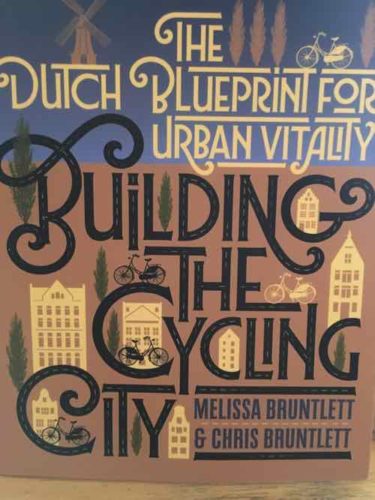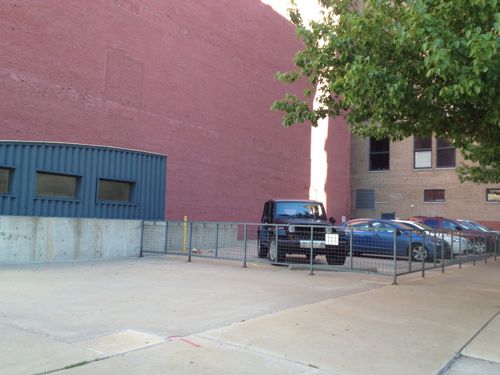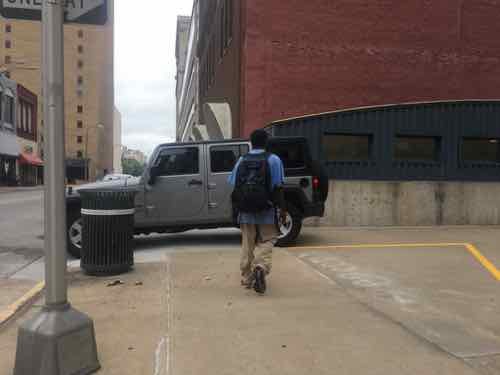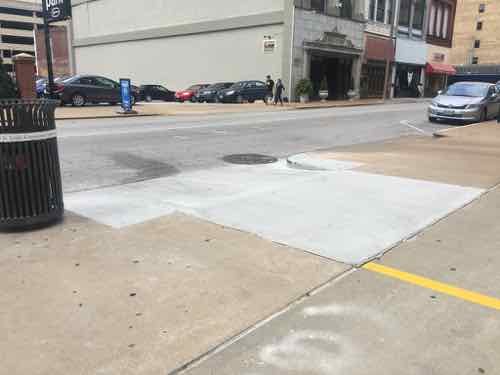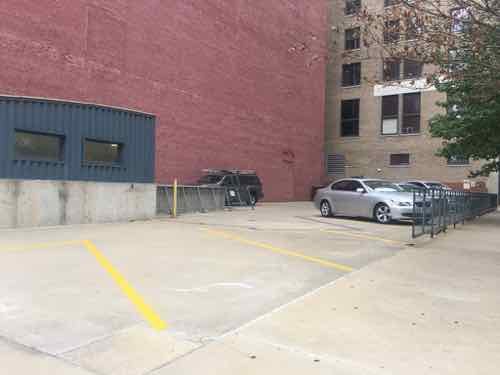Labor Day 2018 Will Celebrate Recent Defeat of Right-To-Work
|
|

I imagine the Labor Day parade today will be a celebration of the recent defeat of “right to work” in Missouri.
Voters in Missouri have overwhelmingly rejected a right-to-work law passed by the state’s Republican-controlled Legislature that would have banned compulsory union fees — a resounding victory for organized labor that spent millions of dollars to defeat the measure.
With about 98 percent of the precincts reporting, the “no” vote on Missouri’s Proposition A, which supported the law, was running about 67 percent, with nearly 33 percent voting “yes.”
In 2017, the right-to-work law passed Missouri’s Republican Legislature and was signed by then-Gov. Eric Greitens. However, union organizers gathered enough signatures to keep it from going into effect pending the results of a statewide referendum. The rejection of Proposition A effectively kills the law. (NPR)
I thought our deep-red state would support Prop A and approve right-to-work. This seems to show a good campaign can sway enough rural voters.
This ballot box win got national attention, here’s partly why:
The rejection of this law stands in direct opposition to the Supreme Court ruling in Janus v. AFSCME earlier this summer that declared workers have a constitutional right not to pay union dues. That ruling applies to public-sector unions in the 22 states that did not have right-to-work laws—Missouri is now the 23rd state to which that ruling applies. As the first major fight over unions since the Janus decision, some see Missouri’s referendum as an indication of the public’s support for unions beyond the state’s borders. (Fortune)
Growing up with conservative parents in highly conservative Oklahoma meant I had a low opinion of unions growing up, but living in St. Louis for 28+ years has given me an appreciation for the important role of unions. From the summary of a report by the Economic Policy Institute:
Unions have a substantial impact on the compensation and work lives of both unionized and non-unionized workers. This report presents current data on unions’ effect on wages, fringe benefits, total compensation, pay inequality, and workplace protections.
Some of the conclusions are:
- Unions raise wages of unionized workers by roughly 20% and raise compensation, including both wages and benefits, by about 28%.
- Unions reduce wage inequality because they raise wages more for low- and middle-wage workers than for higher-wage workers, more for blue-collar than for white-collar workers, and more for workers who do not have a college degree.
- Strong unions set a pay standard that nonunion employers follow. For example, a high school graduate whose workplace is not unionized but whose industry is 25% unionized is paid 5% more than similar workers in less unionized industries.
- The impact of unions on total nonunion wages is almost as large as the impact on total union wages. The most sweeping advantage for unionized workers is in fringe benefits. Unionized workers are more likely than their nonunionized counterparts to receive paid leave, are approximately 18% to 28% more likely to have employer-provided health insurance, and are 23% to 54% more likely to be in employer-provided pension plans.
- Unionized workers receive more generous health benefits than nonunionized workers. They also pay 18% lower health care deductibles and a smaller share of the costs for family coverage. In retirement, unionized workers are 24% more likely to be covered by health insurance paid for by their employer.
- Unionized workers receive better pension plans. Not only are they more likely to have a guaranteed benefit in retirement, their employers contribute 28% more toward pensions.
- Unionized workers receive 26% more vacation time and 14% more total paid leave (vacations and holidays).
Like many people, my husband is working today. OK, a half day. I might check out pre-parade events:
- 6 a.m. protest at the McDonald’s on 1119 N. Tucker to protest cutting back the current $10 an hour wage to $7.65 more than 30,000 workers;
- 7 a.m. – march from McDonalds to a public rally.
- 8 a.m.- rally at 18th and Olive to urge more St. Louis’ businesses to maintain the $10 an hour wage that been already agreed to by over 100 firms.
The parade begins at 9:15am, 15th & Olive.
— Steve Patterson

